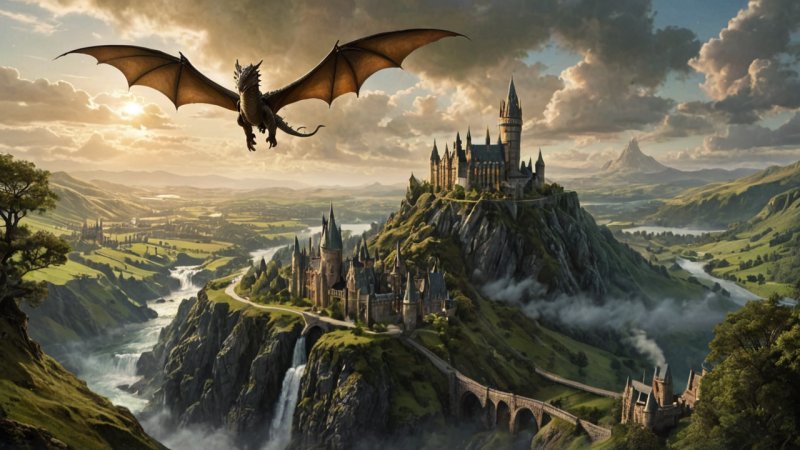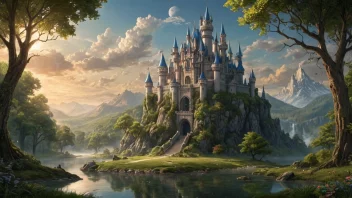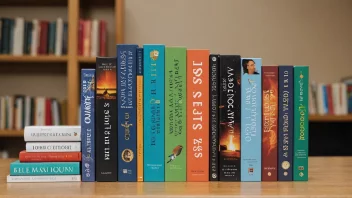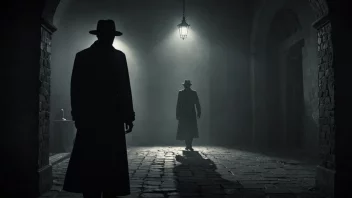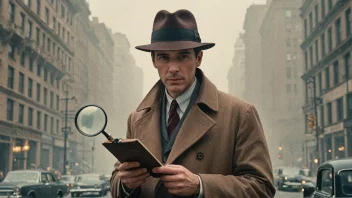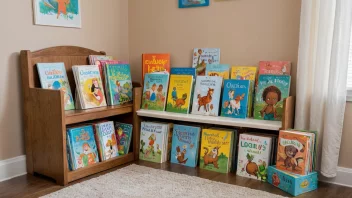Fantasy literature has the unique ability to transport readers into otherworldly realms filled with magic, adventure, and complex characters. Two of the most influential authors in this genre are J.R.R. Tolkien and J.K. Rowling. Each has crafted immersive worlds that have captivated millions. In this article, we will explore how their storytelling techniques differ and examine the strengths and weaknesses of their respective approaches to world-building.
World-Building Techniques
One of the most critical aspects of fantasy literature is the world-building process. Tolkien and Rowling employ different techniques to create their immersive settings.
- J.R.R. Tolkien: Tolkien's world-building is deeply rooted in mythology and linguistics. He constructed Middle-earth with a comprehensive history, languages, and cultures. His attention to detail creates a sense of realism that draws readers in. For example, the creation of languages like Elvish adds depth and authenticity to his world.
- J.K. Rowling: Rowling, on the other hand, utilizes a more accessible approach. The Wizarding World is built around familiar settings, such as London, making it relatable. Rowling incorporates everyday elements into her magical world, such as the Hogwarts School of Witchcraft and Wizardry, which mirrors a traditional educational institution.
Character Development
Character development is another crucial factor in creating an immersive fantasy world. Both authors excel in this area, but they approach it differently.
- J.R.R. Tolkien: Tolkien's characters often embody archetypal qualities, representing broader themes of good versus evil. Characters like Frodo Baggins and Aragorn undergo profound transformations, but their journeys are often tied to the larger narrative of Middle-earth.
- J.K. Rowling: Rowling's characters are more nuanced and relatable. Harry Potter, Hermione Granger, and Ron Weasley are flawed, making them more accessible to readers. Their growth is intertwined with personal struggles, making their journeys resonate on a deeper emotional level.
Thematic Depth
Themes play a vital role in the immersive experience of fantasy literature. Tolkien and Rowling explore different thematic elements in their works.
- J.R.R. Tolkien: Tolkien's work is heavily influenced by themes of sacrifice, friendship, and the battle against corruption. The One Ring symbolizes the corrupting nature of power, and the struggle against it is central to the narrative. This thematic depth adds layers to the story, encouraging readers to reflect on real-world issues.
- J.K. Rowling: Rowling tackles themes of love, acceptance, and the importance of choices. The series emphasizes the power of love and friendship in overcoming adversity. Rowling's exploration of prejudice and discrimination through the lens of magical creatures adds a contemporary relevance to her story.
Reader Engagement
Ultimately, the goal of any fantasy book is to engage its readers. Both Tolkien and Rowling have successfully captivated audiences, but their methods differ.
- J.R.R. Tolkien: Tolkien's prose can be dense and rich, appealing to readers who enjoy intricate descriptions and elaborate lore. While this can create an immersive experience, it may also alienate readers who prefer a faster-paced narrative.
- J.K. Rowling: Rowling's accessible writing style draws in a broader audience, making her books suitable for readers of all ages. The series is filled with humor and relatable situations, keeping readers engaged while exploring complex themes.
Legacy and Influence
The impact of both authors on the fantasy genre cannot be overstated. Their works have inspired countless adaptations and new authors in the field.
- J.R.R. Tolkien: Often referred to as the father of modern fantasy, Tolkien's influence is seen in the vast number of epic fantasy novels that draw inspiration from his world-building and storytelling techniques.
- J.K. Rowling: Rowling's Harry Potter series revitalized interest in children's literature and fantasy, making it more mainstream. Her work has led to a resurgence of young adult fantasy, paving the way for new voices in the genre.
